The large interior courtyard allows for a lot of natural sunlight to enter the building. The design is intended to mimic museums that integrate the surrounding landscape.
Image courtesy of: The Boundary
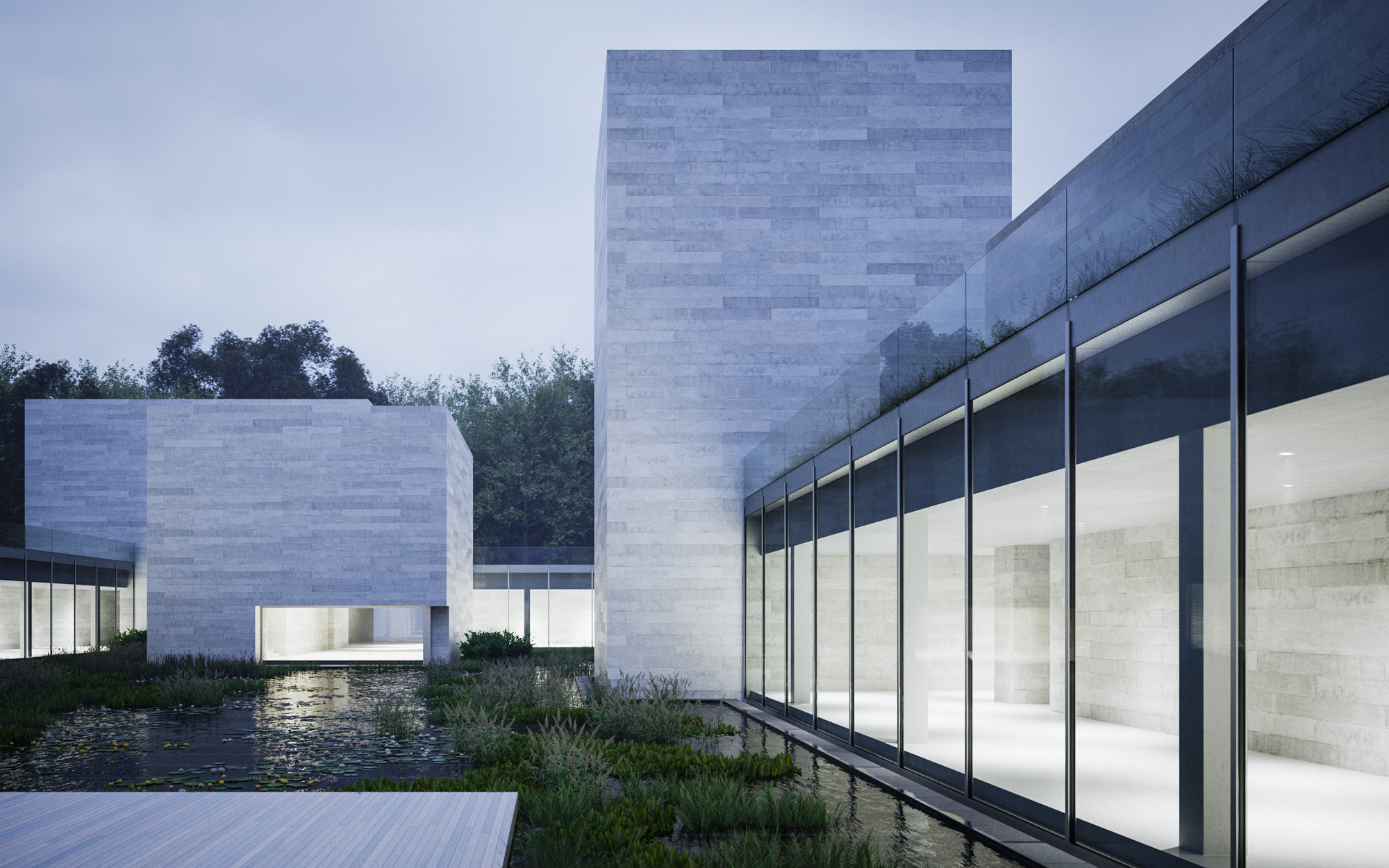
The large interior courtyard allows for a lot of natural sunlight to enter the building. The design is intended to mimic museums that integrate the surrounding landscape.
Image courtesy of: The Boundary
In October, the Glenstone Museum in Potomac, Maryland, unveiled a 50,000-square-foot expansion by Thomas Phifer. The Pavilions, as the new space is called, will feature all of modern art’s heavyweights. Specific titles have been maintained as a tightlipped secret, but it’s known that De Kooning, Basquiat and Warhol will be among the featured artists on display.
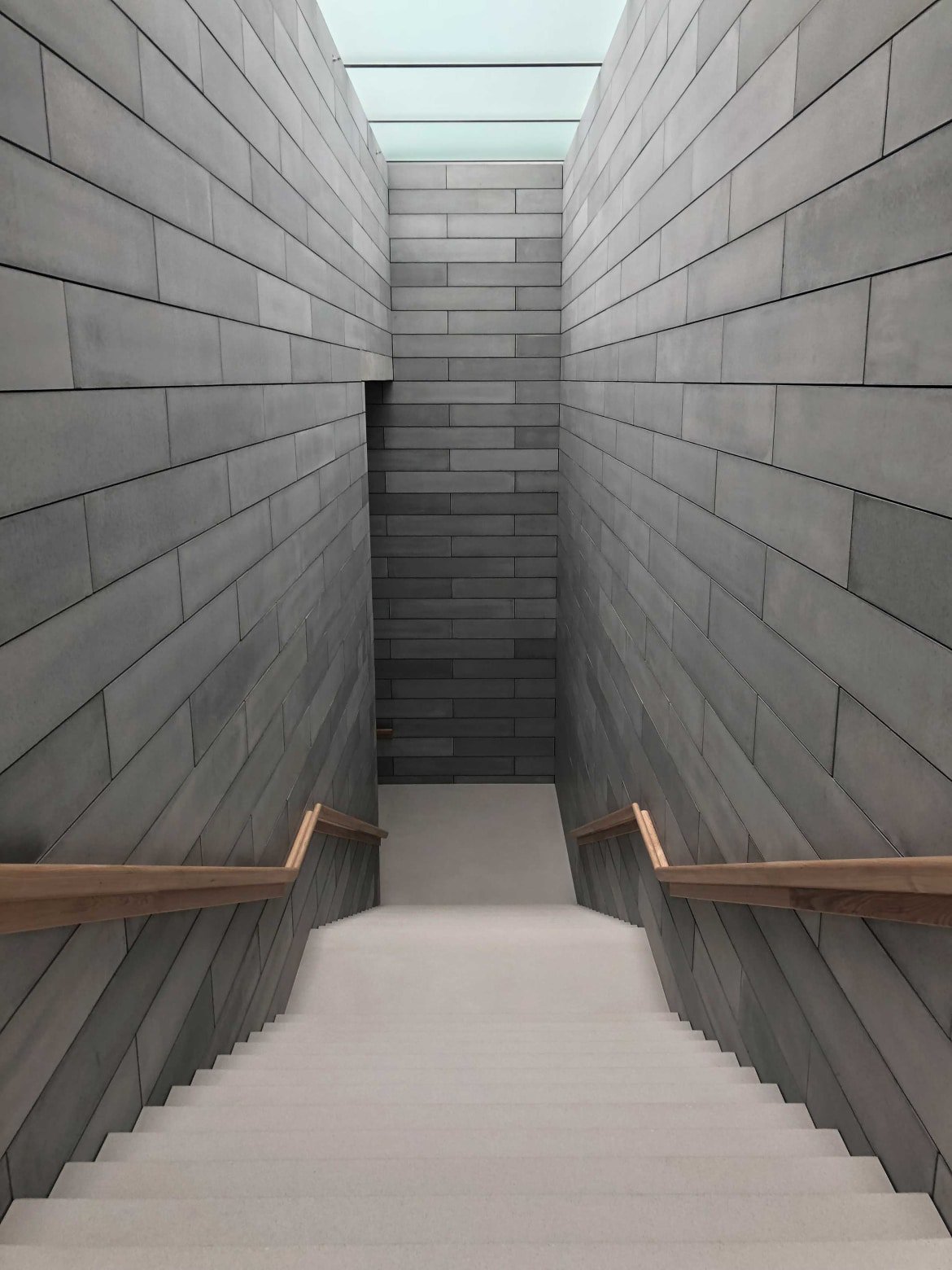
The stairway within the Pavilions.
Image courtesy of: The Daily Beast, photographed by: William O’Connor
The private museum was founded by Mitchell Rales, a science and technology billionaire, and his wife, Emily Rales, an art historian. Even though the museum was inaugurated in 2006, this expansion has been in the works for years. The existing building which is called “Charles Gwathmey” is only 9,000-square-foot big.
Now, instead of being able to only accommodate 10,000 visitors a year, the Glenstone will be able to welcome 100,000. Beautifully set among 230 acres of rolling pasture and woodlands just outside of D.C., this is truly an oasis of art.
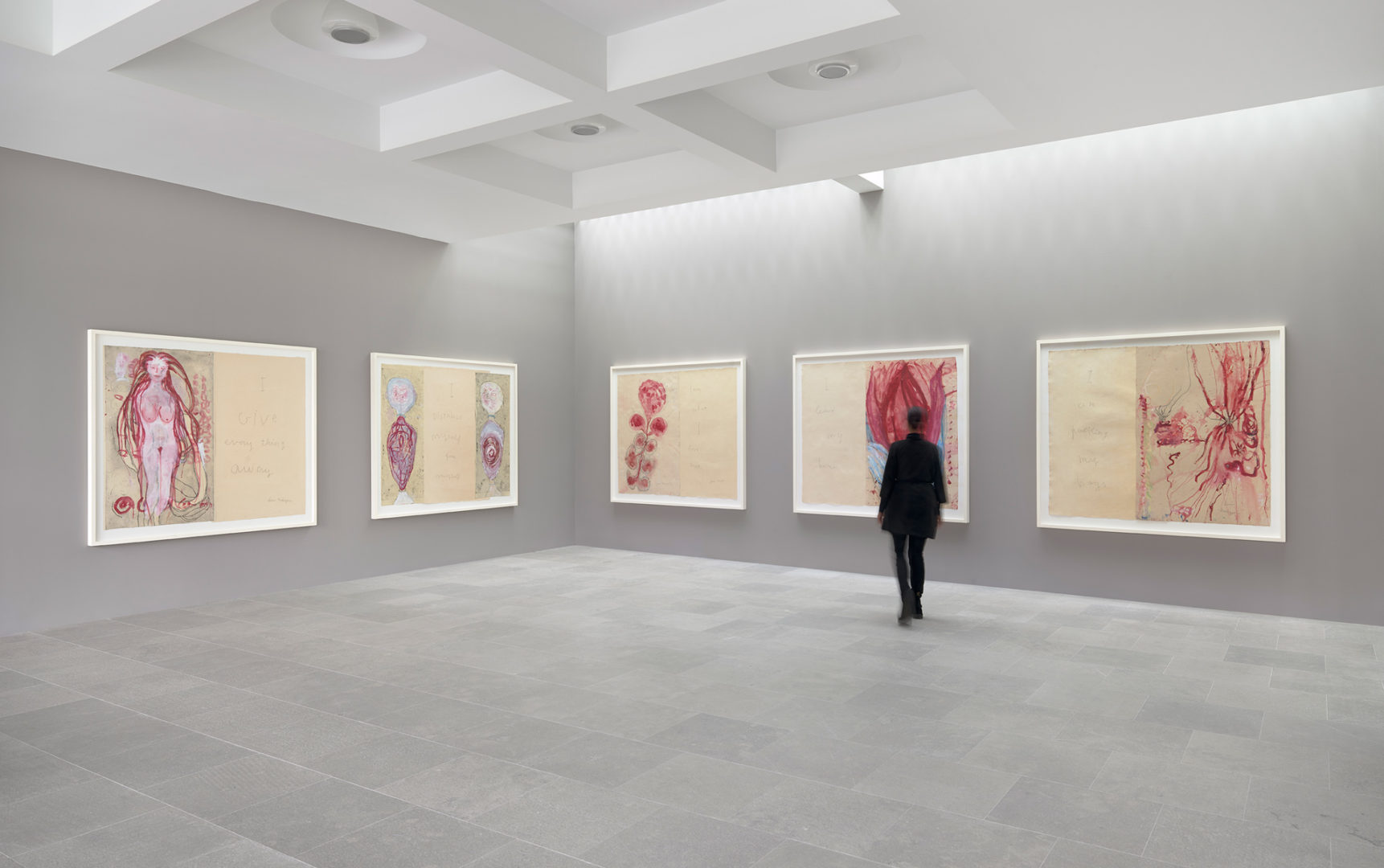
“Louise Bourgeois: To Unravel a Torment” is currently on view through January, 2020. Thirty works from five decades of the French-born American artist are esthetically displayed.
Image courtesy of: The Glenstone
What the Rales’ wanted was to increase our scope and awareness in regards to looking at continents beyond North America and Europe. Focusing on avant-garde movements from Japan and Brazil, for example, brings an entirely different perspective to modern art. In addition, there are many 20th-century artists which don’t have appropriate representation. The Rales’ wanted to feature those under-represented artists so that they are able to get the exposure they deserve.
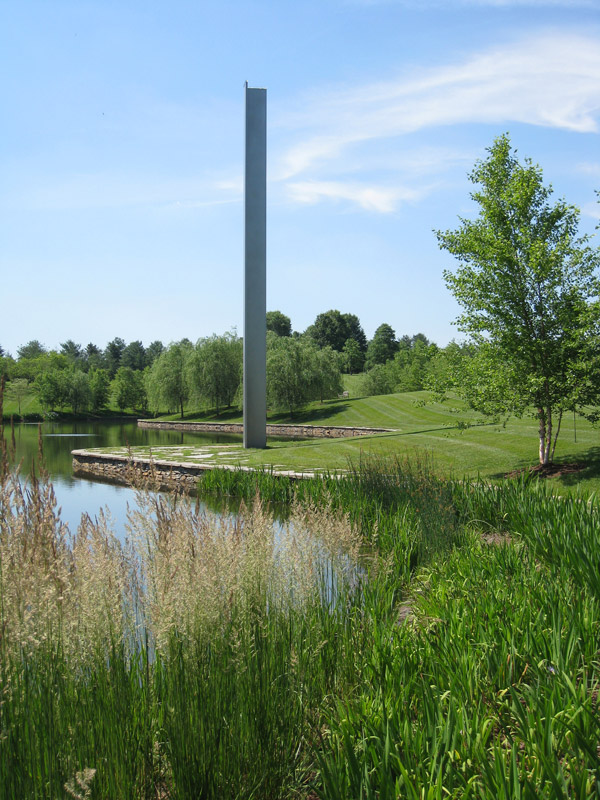
The rolling hills and gardens just outside the front door are also “fair game” for displays. PWP Landscape Architecture was selected to develop a landscape design in conjunction with the original Glenstone building. Due to sheer size, there were two phases, 2003-2006 and 2011-2018.
In an effort to integrate with the surroundings, PWP designed the site so that visitors must leave their cars and walk a short distance to the Arrival Gallery. After checking-in to the free museum, there’s a small footbridge which sits over a newly restored creek. Once that feature is crossed, visitors step onto the rolling meadow filled with native trees and beautiful outdoor sculptures.
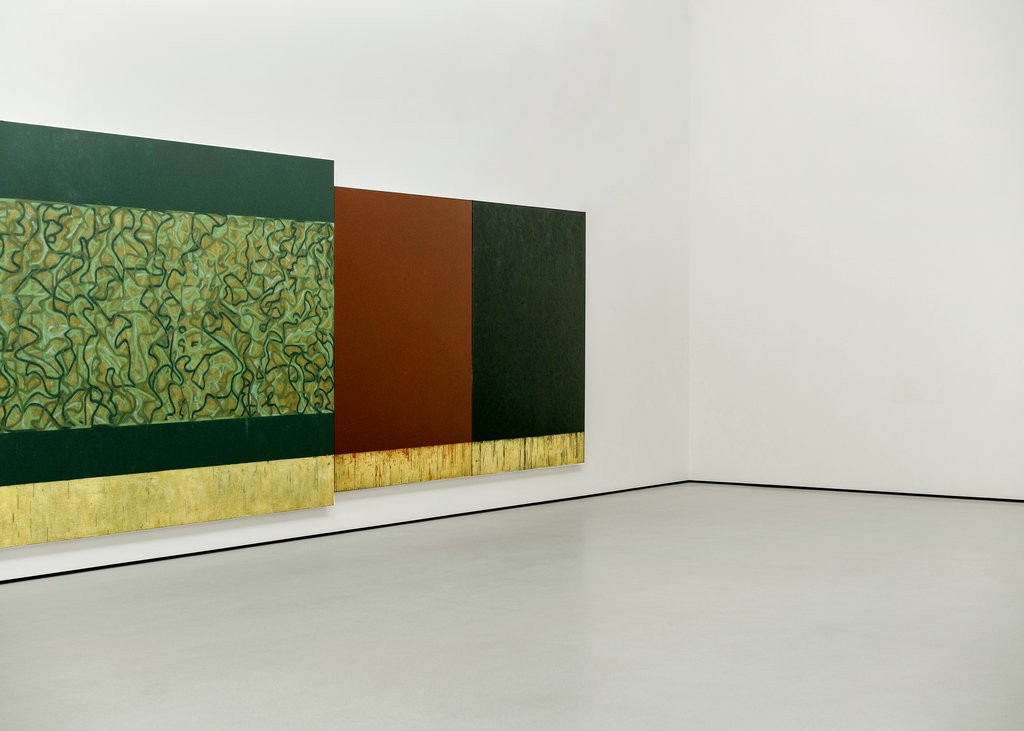
Brice Marden, “Moss Sutra with the Seasons,” 2010-2015.
Image courtesy of: The New York Times, photographed by: Justin T. Gellerson
The Pavilion’s inaugural exhibition will feature 65 pieces by 52 artists, dating 1943-1989. Many movements are represented including Gutai, Brazilian Modernism, Minimalism, Arte Povera and Abstract Expressionism.
In addition to all the other highlights, the Rales’ commissioned several works… some of which took years to create, such as the multi-panel Brice Marden above.